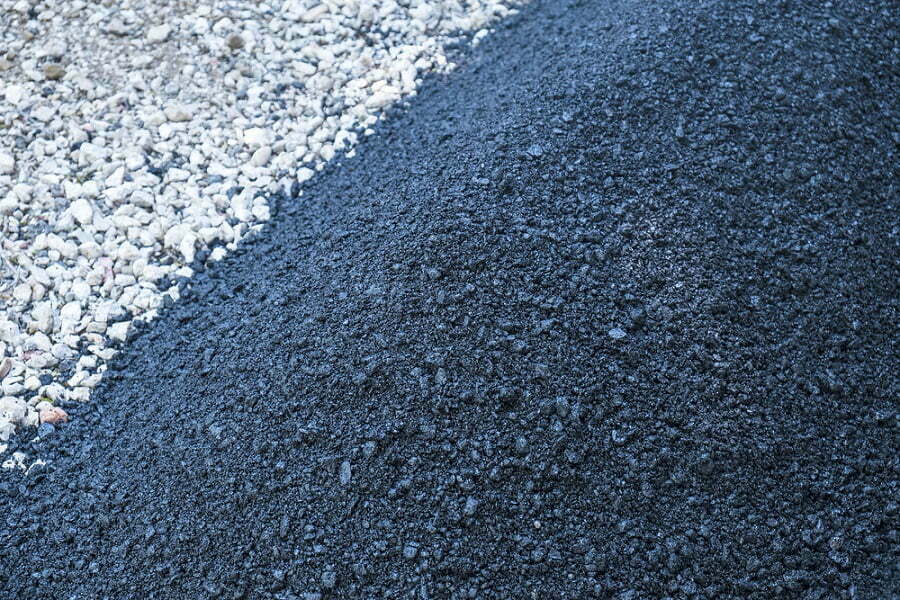Last updated on
Looking into increasing your home energy efficiency and cutting the electricity bill? You need to know the types of solar panels. Read on!
Solar panels are nothing new, and many people who got off the grid are using them. The panels are installed on roofs (the most popular way), set up in open fields, and you can even take portable cells with yourself camping. It’s not just a fad anymore but a big movement of sustainable energy.
If you want to be part of it (the perks are many) you need to know all the different types of solar panels. This will help you choose the most fitting solution for your home and needs. You will learn how to install the panels and look after them too.
What are Solar Panels Made of?
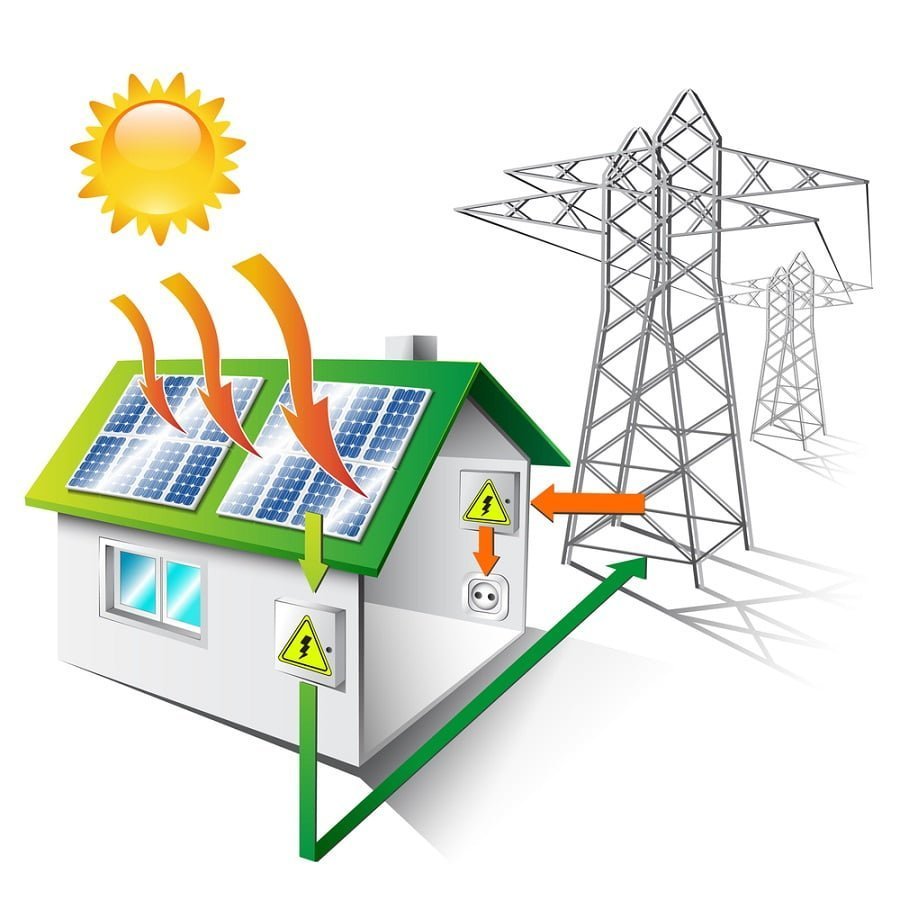
Solar cells, also known as photovoltaic cells, are made out of wafers of silicon, a brittle and hard crystalline solid element. These cells are connected electrically and neatly organized into a large panel, which is known as a solar panel. These cells absorb sunlight and convert it into electricity.
Solar Photovoltaic Cells
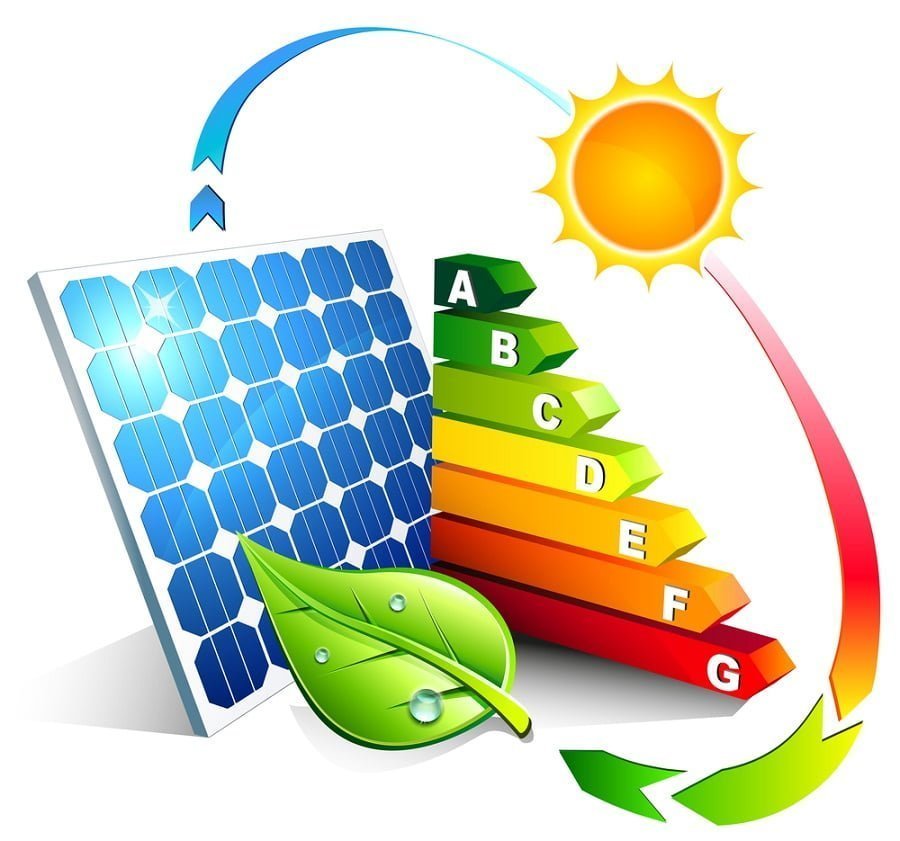
The solar cells are also known as solar voltaic cells, an electrical device, which converts light energy into electricity by the photovoltaic effect, which is a chemical and physical phenomenon. These cells are known as photovoltaic for they convert any type of light, be it artificial light or sunlight into electricity.
Solar Panels for Home
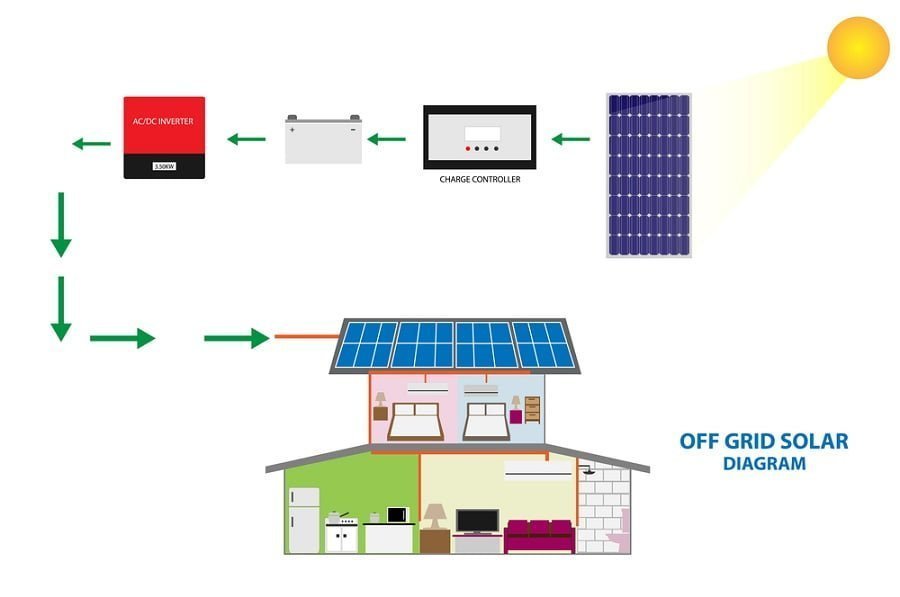
The prices of solar panels have decreased steadily over the past couple of years, making these panels affordable for domestic use too. Not only that, but there is also new tax legislation implemented practically every year. As long as you’re up to date on that legislation and have access to the proper tax tools, the savings can be even greater.
The panel converts sunlight into electricity and stores them into a lead battery as DC current via an inverter. When required, the inverter converts the DC power into AC that you can use to power your domestic electrical devices such as solar lighting and fans.
Small Solar Panels
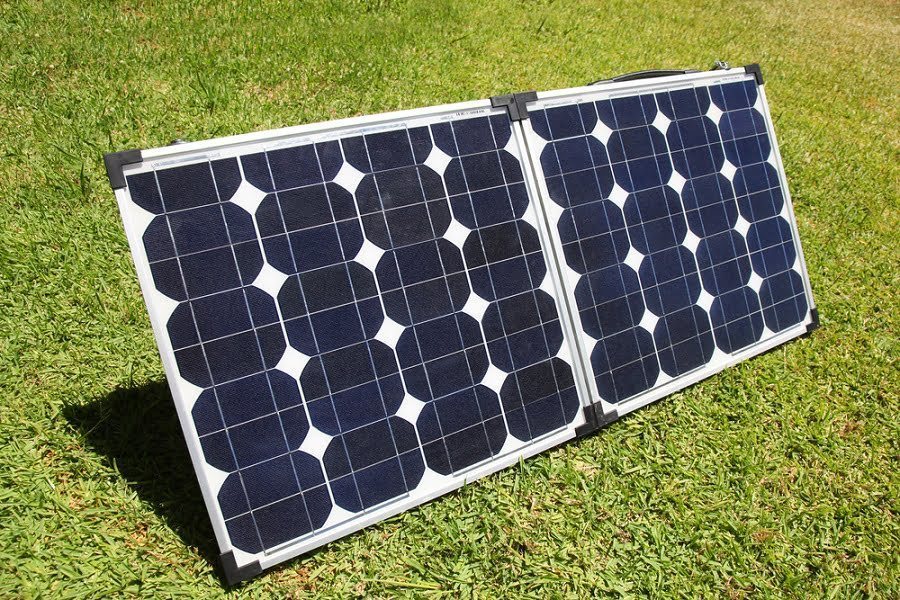
These types of solar cells are best for use in the home and for hobby purposes. The number of panels required for a home depends on its usage. On average, you would need one solar panel for every 95 square feet for running lights and fans. You would need two additional solar panels if you also wanted to heat water for the average family of four.
12V Solar Panels
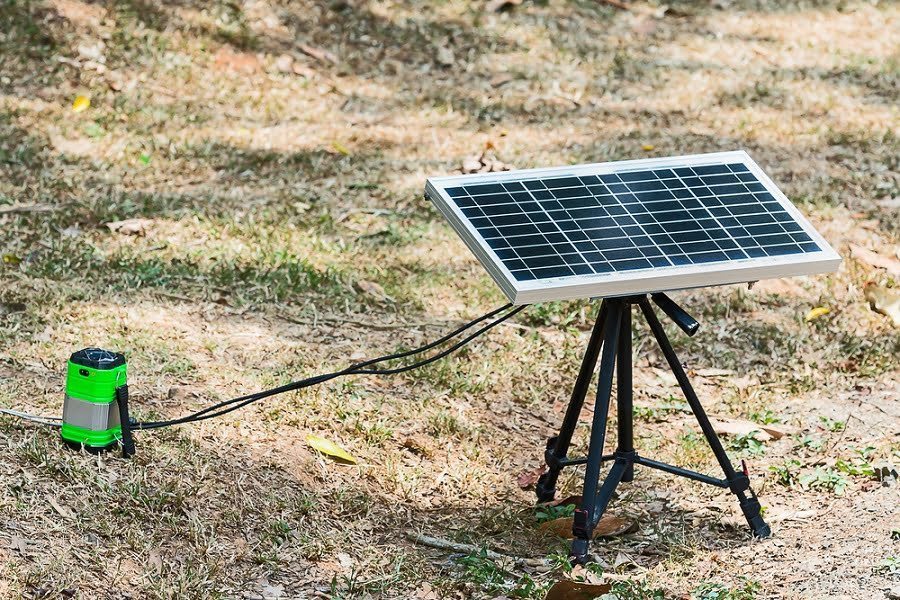
The 12V solar panels are the most commonly used off the grid systems and are used to provide power to run electric and electronic devices that require 12 volts to function. Such panels require a battery, an inverter, and a solar charge controller. These can be portable too (they’re very popular with campers).
PV Panels
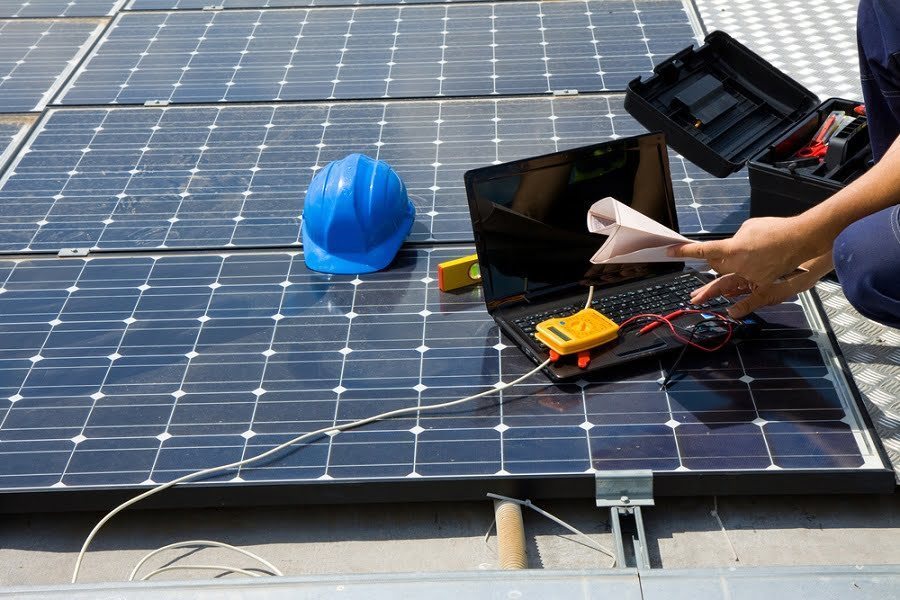
PV or photovoltaic panels capture the light of the sun and convert it into electricity for powering household electrical equipment and appliances. The grid-connected system is the best as it allows you to use power from the national grid during the night when the solar panels do not function and sell the surplus power your panel produces back to the grid.
Monocrystalline Solar Panels
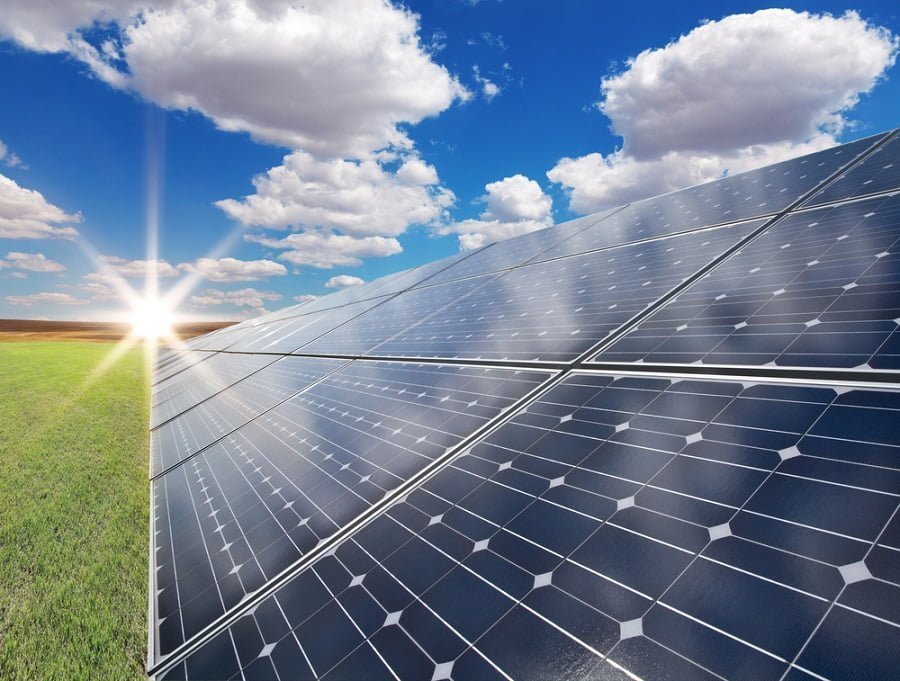
These cells are manufactured from a cylindrical ingot grown from a single, high purity crystal and then sliced into wafers to form cells. The manufacturers wire cut the circular wafers into octagonal-shaped wafers.
Polycrystalline Solar Panels
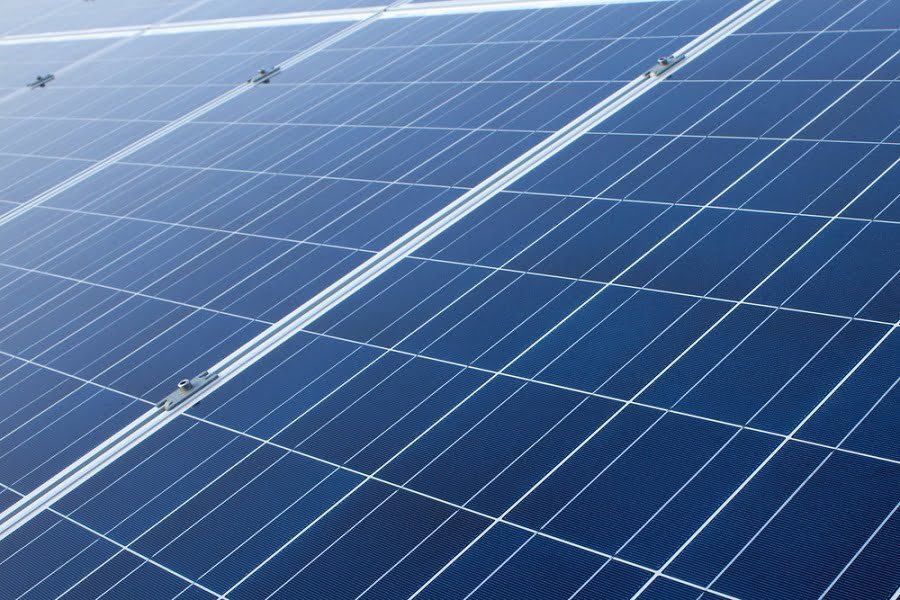
Also referred to as multi-crystalline solar panels, the polycrystalline solar panel is manufactured by pouring molten silicon into a square-shaped mold. Next, it is cooled, following which it is cut into square-shaped wafers making the polycrystalline shape.
Monocrystalline vs Polycrystalline
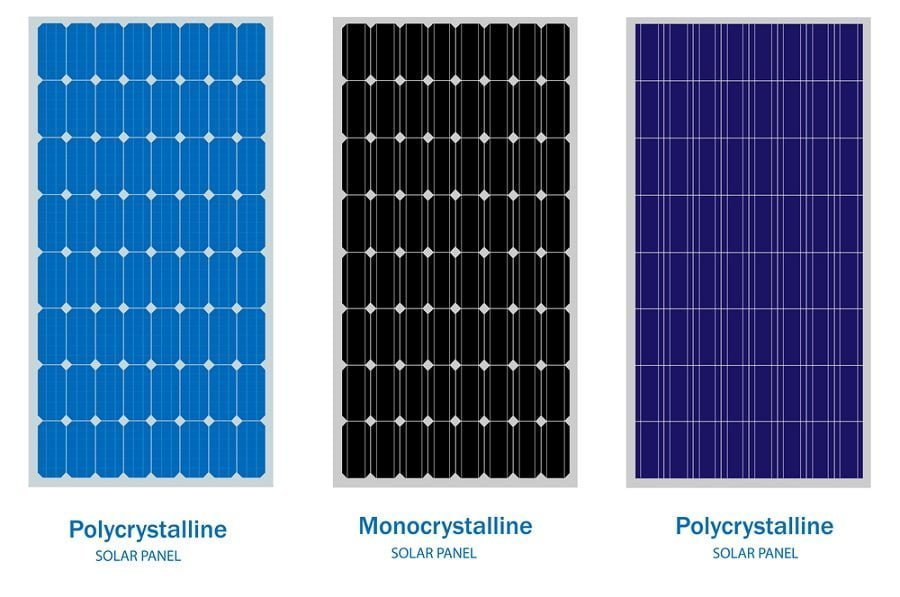
Both polycrystalline and monocrystalline solar panels serve the same function in the complete solar photovoltaic system by capturing energy from sunlight and converting it into electricity.
The primary difference is that the polycrystalline solar panels have solar cells manufactured from many silicon splinters melted together while monocrystalline ones consist of solar cells made from one crystal of silicon.
Additionally, monocrystalline panels provide higher efficiencies.
Thin-film Amorphous Solar Panels
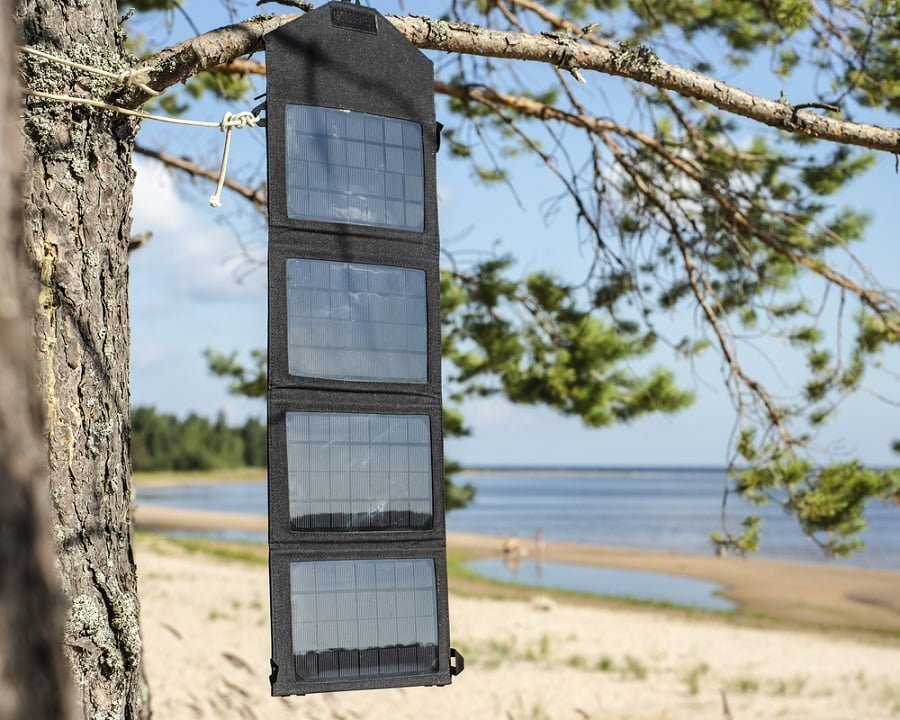
While polycrystalline and monocrystalline solar cells use crystalline silicon cells to fill the panel, the amorphous solar panels employ thin-film silicon cells to absorb the light energy of the sun and convert it into electric power.
The construction of such a solar panel involves depositing a thin layer or layer of PV silicon on top of a suitable substrate like stainless steel, plastic, or glass. These are very similar to flexible solar panels.
Solar Panel Size
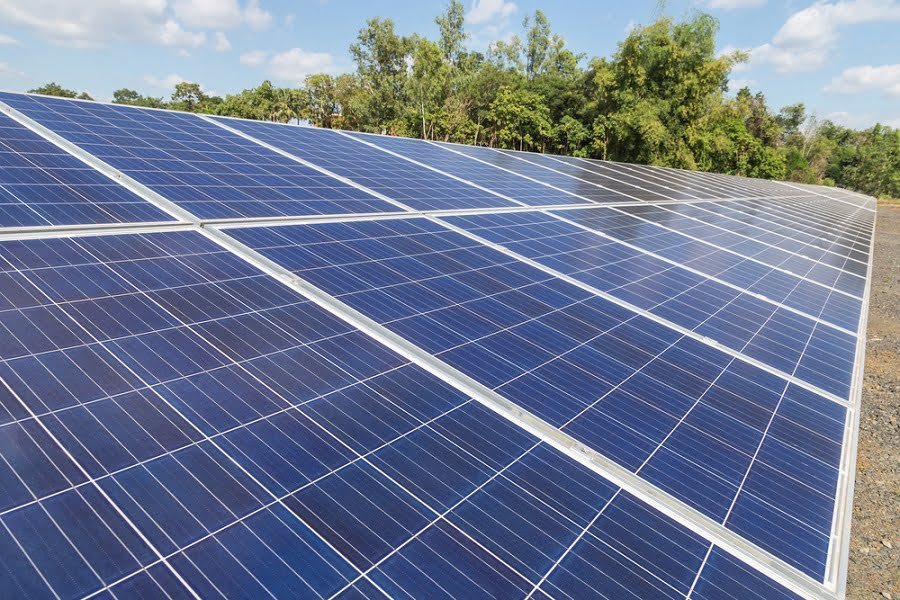
The average size of solar panels used in a rooftop solar installation is approximately 65 inches by 39 inches or 5.4 feet by 3.25 feet. There is some variation from one brand to the other.
Your panels will be closer to six feet in length in case you are installing a large-scale solar panel system, such as for a warehouse (such as for a warehouse or a municipal building).
Roof Solar Panels
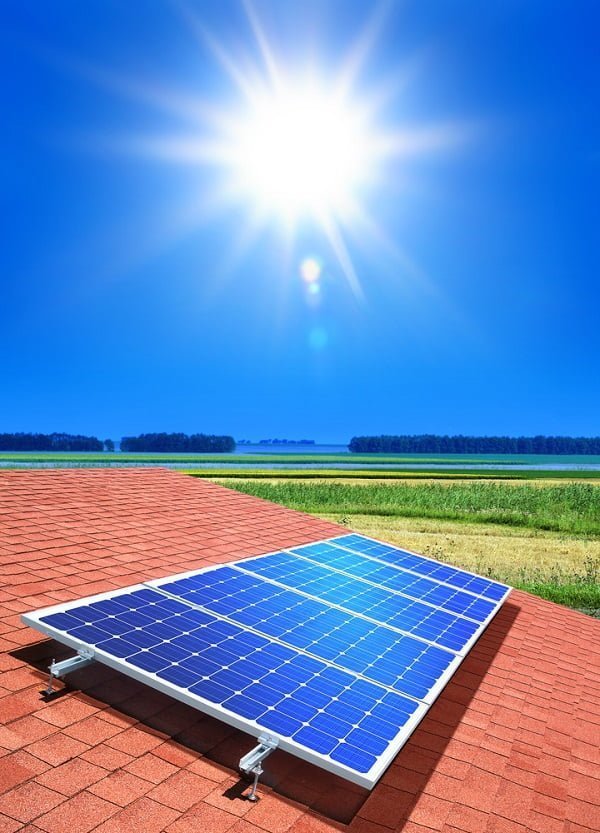
The roof solar panels consist of a photovoltaic system, which has its solar panels mounted on the rooftop of a commercial or residential structure or building. The different components of such a system include solar inverters, cables, mounting systems, photovoltaic modules, as well as other electrical accessories.
High-efficiency Solar Panels
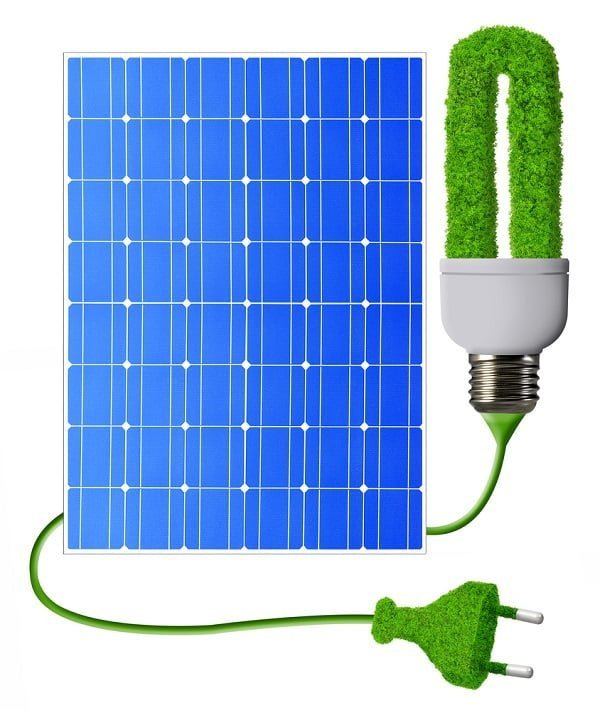
While the majority of panels range from 15% to 17% efficiency rating, the most efficient solar panels on the market today have efficiency ratings as high as 22.8%. This means that you get more electricity from each panel installed. The high-efficiency solar panel might initially be costly, but you can recover that extra amount within a year or two.
Hot Solar Cells
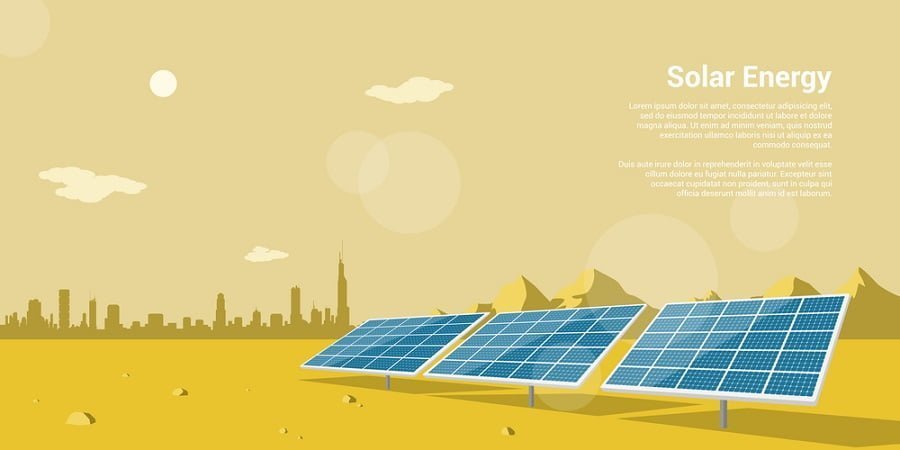
The common solar cells are expensive, bulky, and inefficient. Their capabilities of absorbing sunlight and converting it into electricity are limited since they absorb a fraction of the energy from sunlight. Hot solar cells, on the contrary, converts sunlight into heat before converting it back into light that is focused within the spectrum that photovoltaic cells can use.
How to Make a Solar Panel
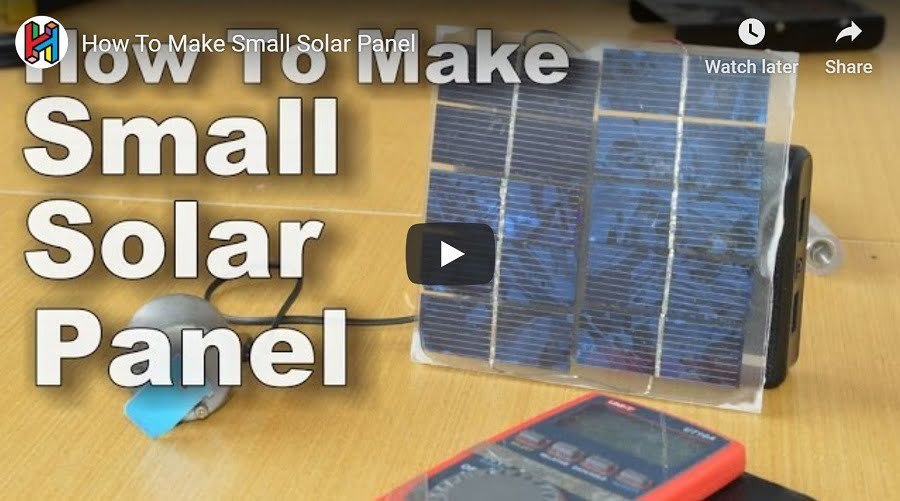
If you are not technically inclined, it is better to leave the job to professionals. Inform them of the power requirements you expect from the panels and they will send their representative to your home to check the area of your roof and whether it has enough space to install a solar panel. If it does, they will inform you of the total cost, which includes the panels, inverter, battery, cables, and installation charges.
DIY Solar Panels
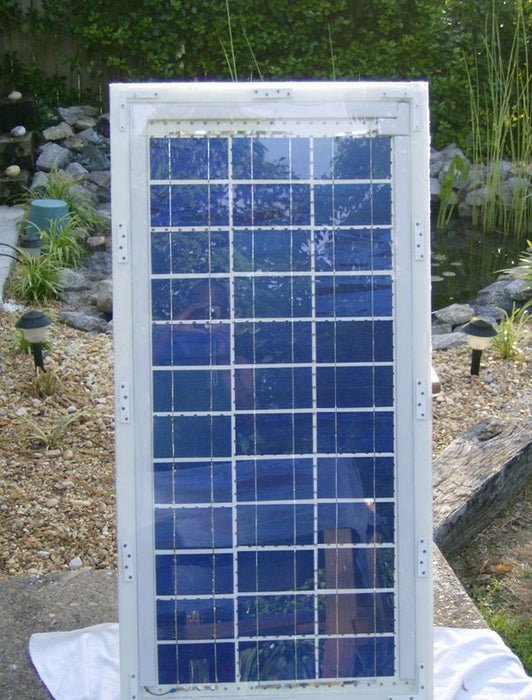
If you are technically inclined and know how to use a soldering iron, you can purchase a do it yourself solar cell kit from any reputable online store and construct the panel by yourself.
Most such kits come with a DVD containing videos that walk you through the entire process of soldering the individual cells to form a solar panel to complete the job. You will have to purchase a battery and an inverter separately.
Used Solar Panels
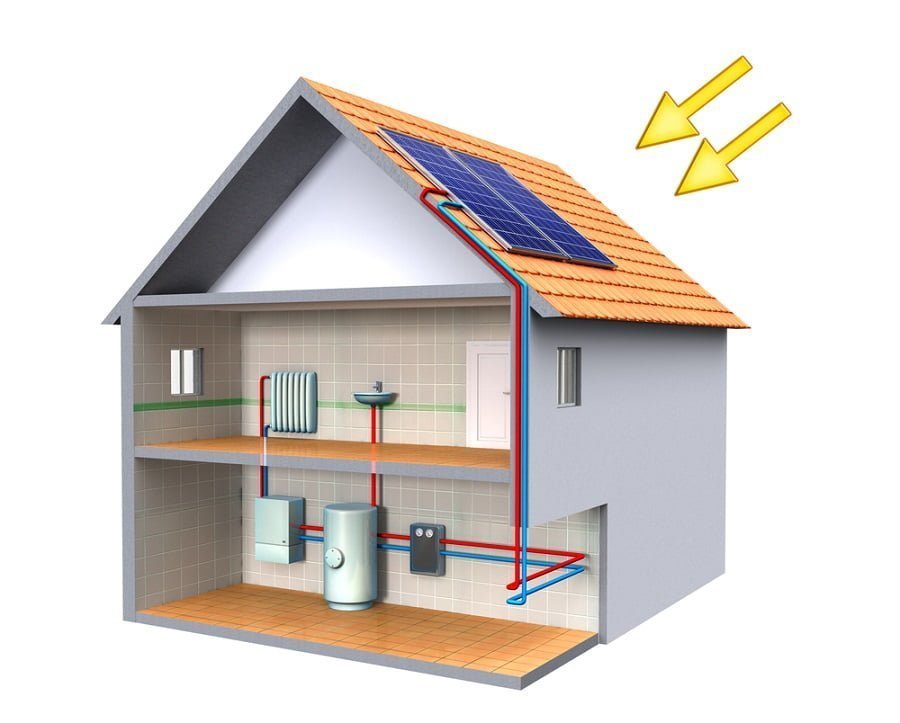
If you are on a tight budget and do not have the money required to purchase a brand new solar panel, you can purchase used solar panels. Many companies purchase used and defective solar panels in bulk quantities from different sources and refurbish them so that they work like new, and offer it at a price, cheaper than a new panel.
Solar Panels Made in the USA
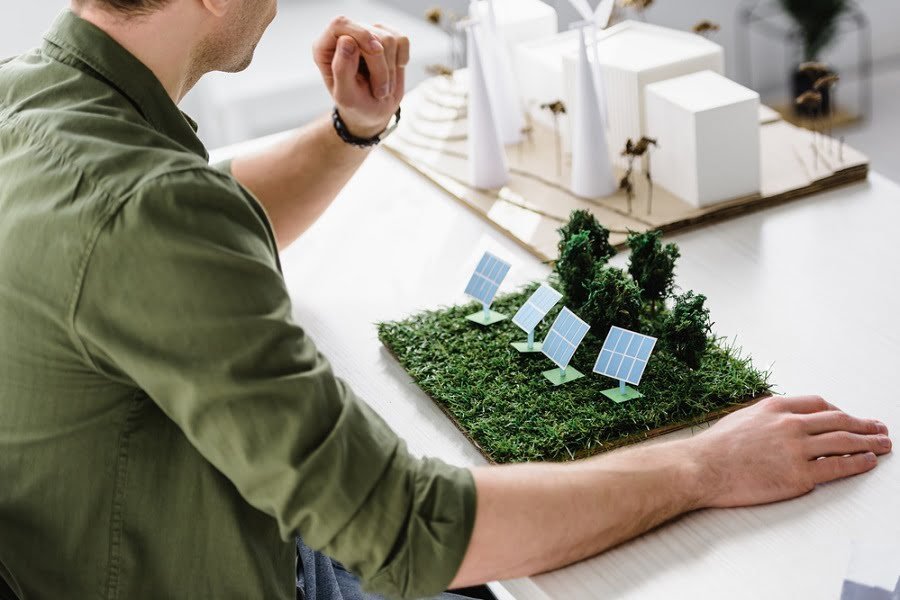
Why take a risk by paying less and purchasing cheap and unreliable types of solar panels imported from third world countries? They are not as efficient as they ought to be and do not have any warranty. It is better to opt for models manufactured in the USA. Some of the popular brands include:
- Global Solar Energy
- Auxin Solar
- Itek Energy
- Heliene
- Mission Solar
- and many more…
Table of Contents
